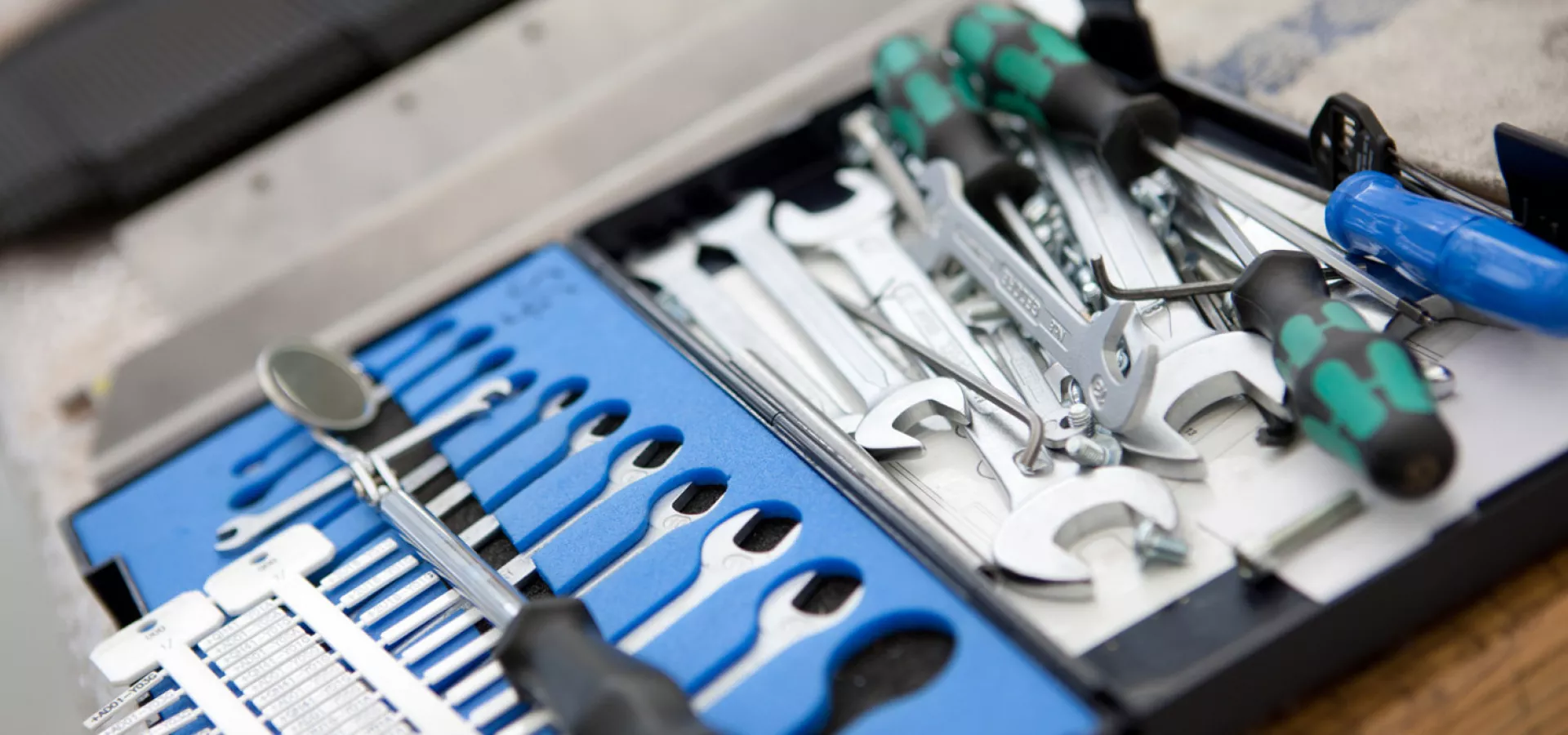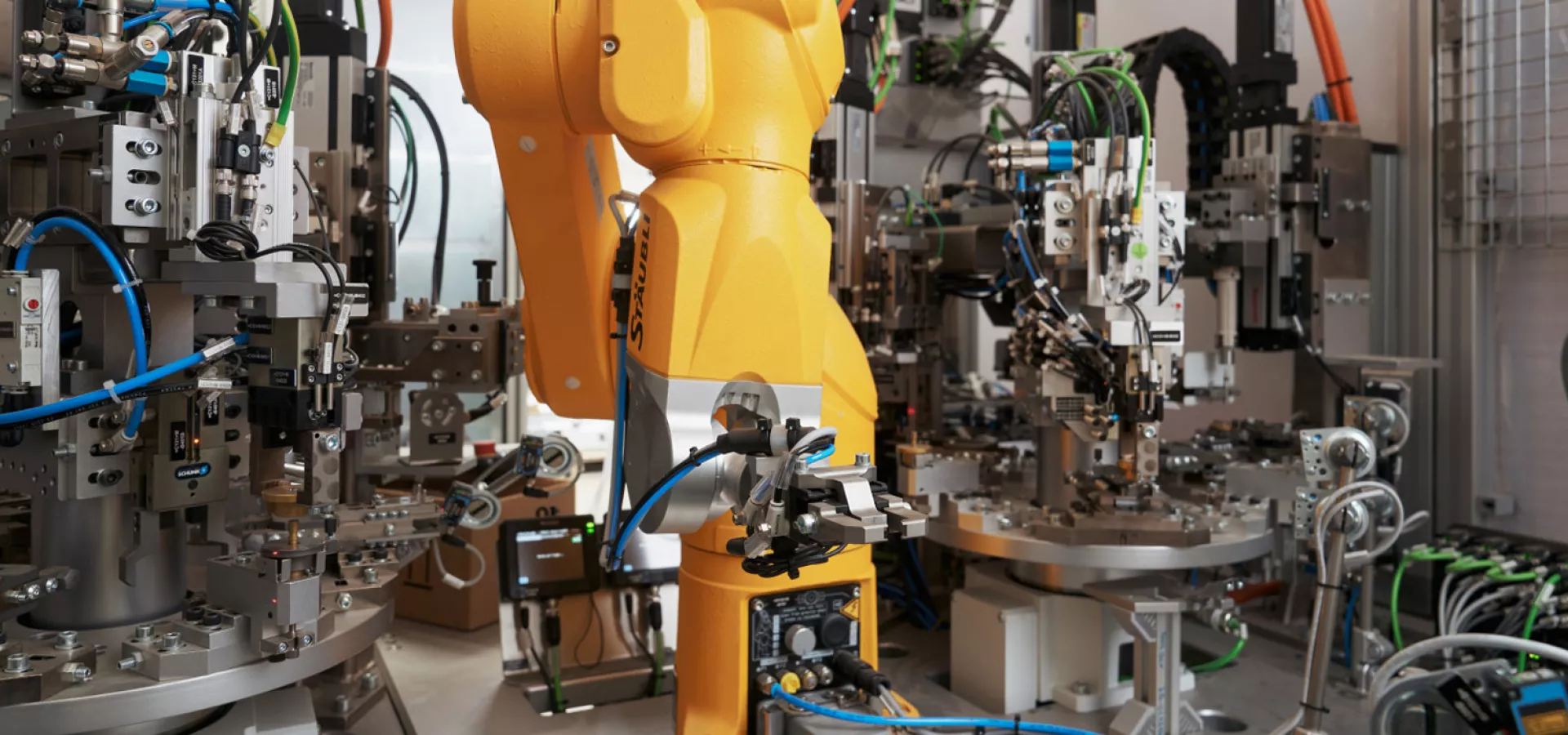
Pick and Place - Picking up, positioning and depositing
This is one of the most frequently performed work steps within manufacturing processes. Pick and place tasks usually occur several times and in different sections within a production chain. Pick and place tasks can be performed manually as well as partially or fully automated. Manual execution is becoming increasingly rare, even for small production runs. One of the reasons for this is that manually performed pick and place tasks are time-consuming and therefore not very efficient. Partially or fully automated pick and place processes, on the other hand, prove to be significantly faster, have a lower error rate and are therefore much more economical overall.
Where do pick and place tasks occur?
The topic of pick and place is extremely versatile. Basically, all tasks in which an object is picked up and placed at another location can be described as pick and place tasks. The repacking or sorting of materials or goods would accordingly fall into the pick and place area just as much as the assembly of printed circuit boards with SMD components. However, pick and place tasks are often further subdivided and specified in their designation. For example, one speaks alternatively of palletizing or handling. Pick and place tasks occur in all industrial sectors - from the automotive industry to the food industry.
What are the options for automated pick and place tasks?
Pick and place tasks are usually automated with the help of robots. These can be designed in different ways and thus specified for different pick and place tasks. Most pick and place robots essentially consist of some kind of arm that performs the monotonous tasks in a fixed rhythm as well as at a precisely defined speed. Manufacturers of pick and place robots can tailor them up front to meet specific task requirements. Alternatively, reprogramming and retooling is possible with flexible pick and place robots. Since pick and place robots are equipped with numerous sensors, they can handle even complex pick and place tasks within a very short time. For example, it is possible for a pick and place robot to sort out a predefined number of different chocolates from a selection of chocolates and place them in a box of chocolates.

What are the advantages of pick and place robots?
If employees perform monotonous tasks day after day, this is not only not conducive to motivation and performance, but can also have health consequences for employees. At the same time, manual handling of pick and place tasks is unprofitable from an economic point of view, because precision and a brisk pace cannot be guaranteed on a permanent basis. A pick and place robot provides a remedy for all these problems: it not only performs the pick and place tasks assigned to it faster and more precisely, but also permanently at a consistent pace. Convincing repeatability is important in this context. In addition, pick and place robots can be individually designed and thus used in different environments. Modern models stand out particularly positively here, as they are usually equipped with an easy-to-understand operating program and can be converted if necessary thanks to intuitive software.


